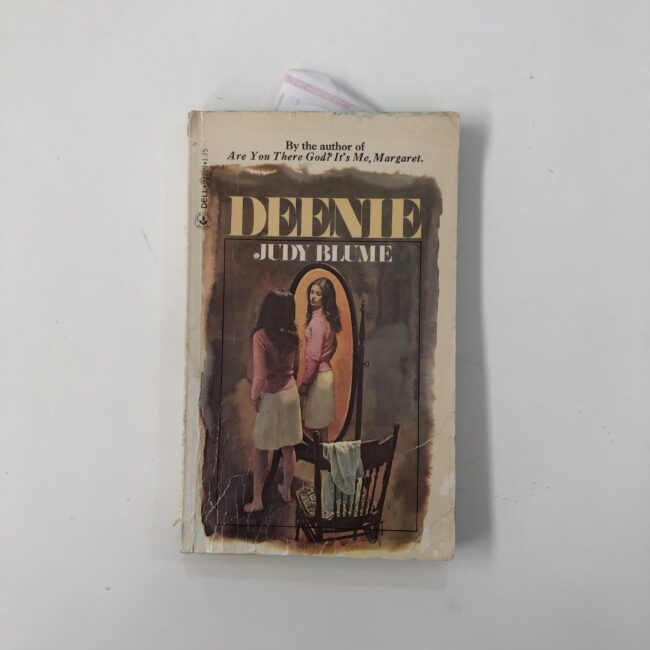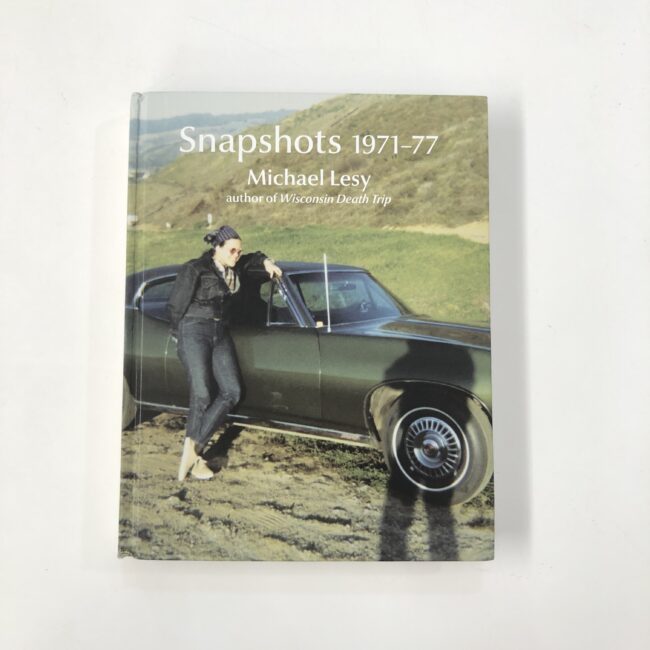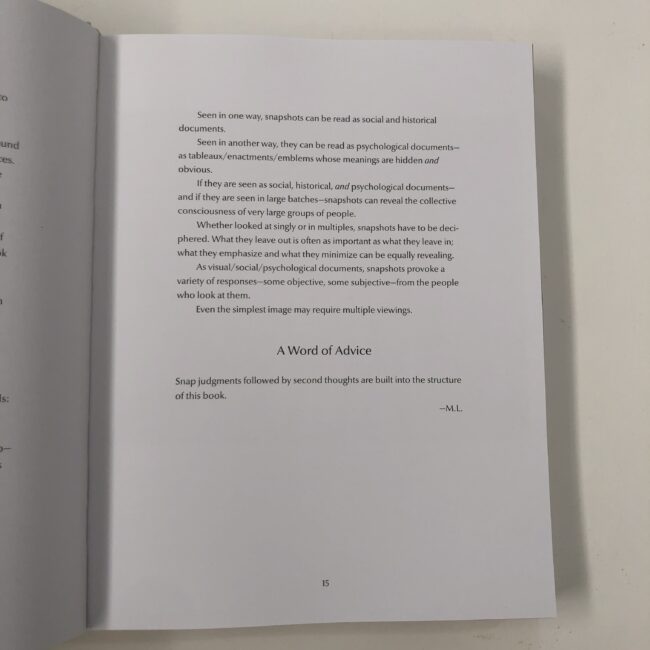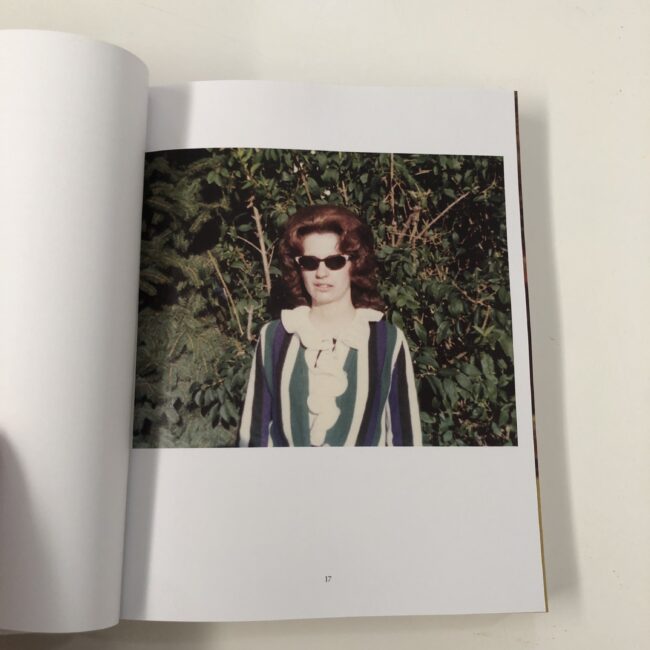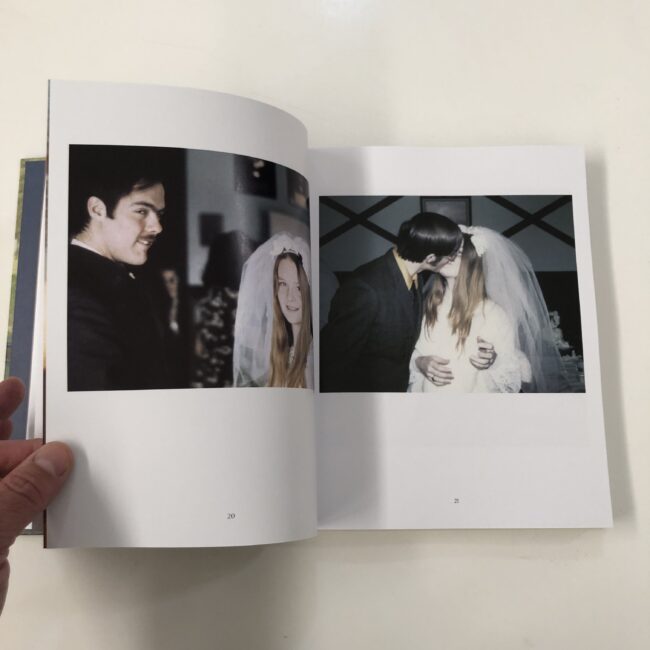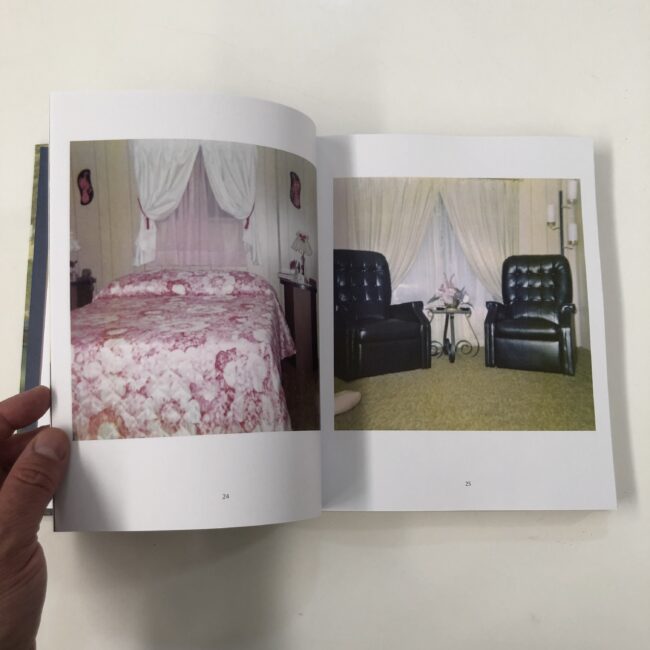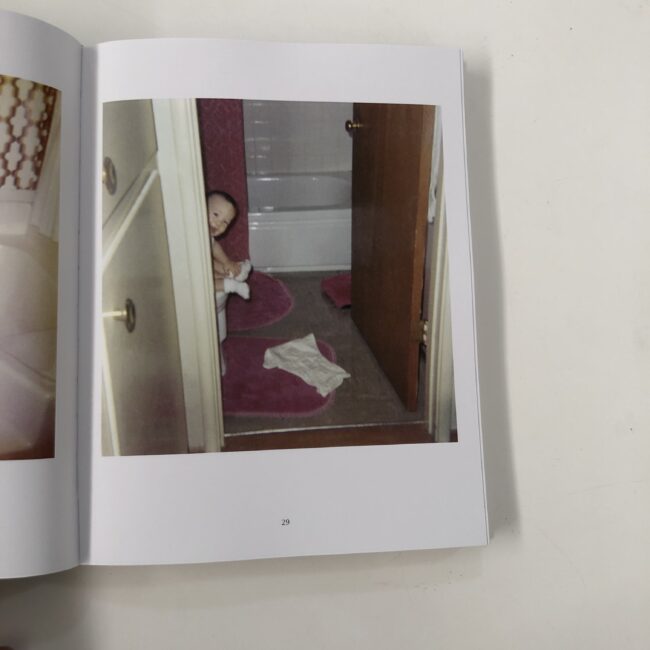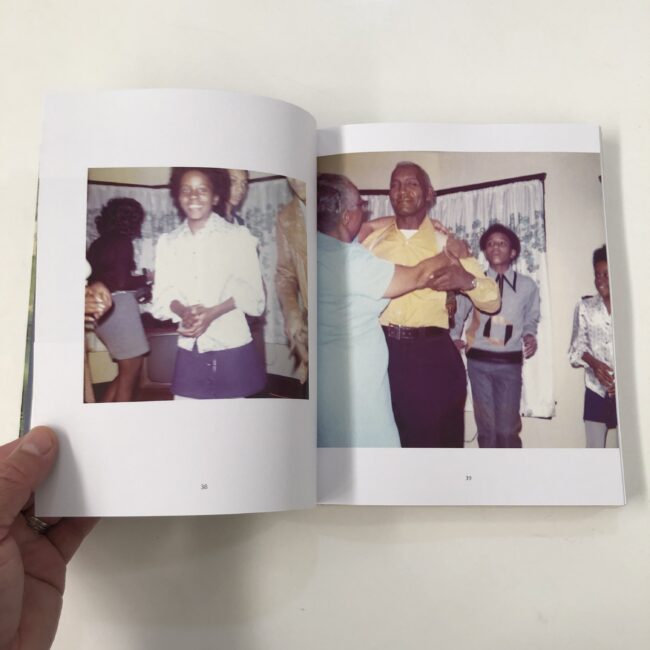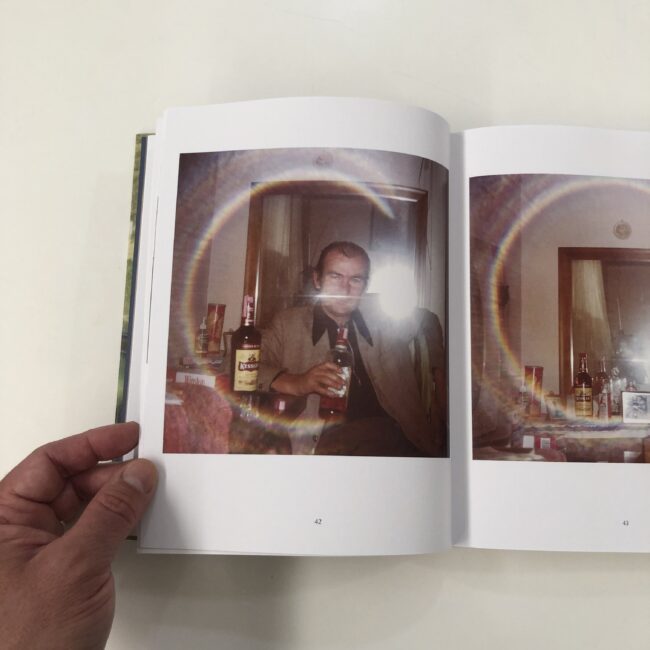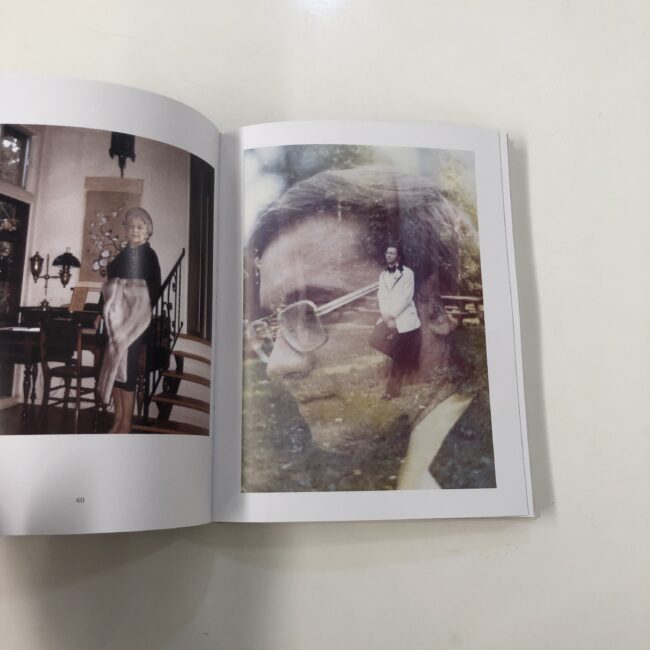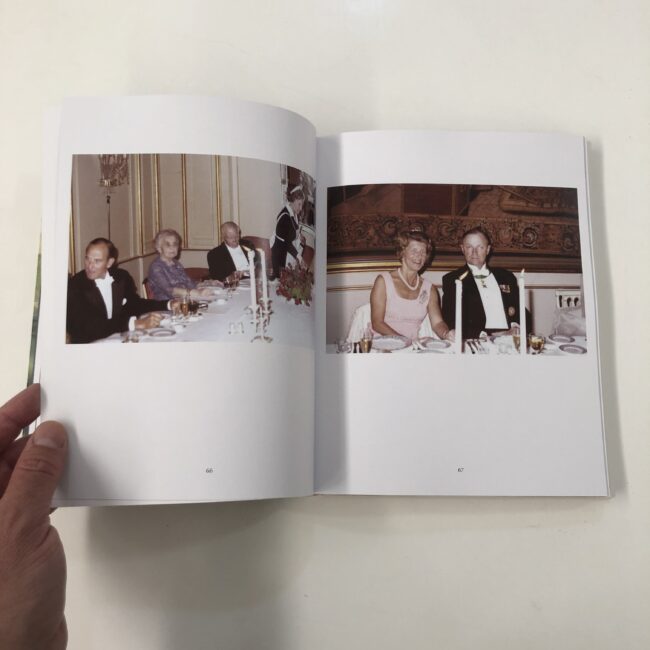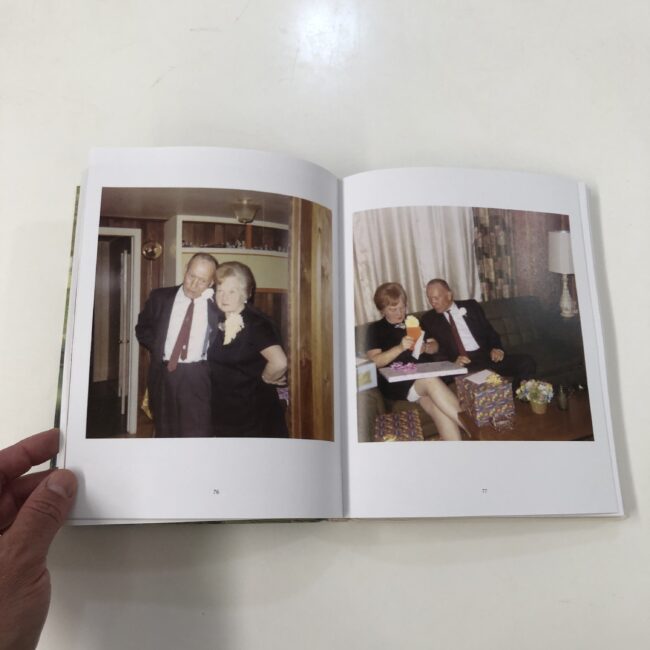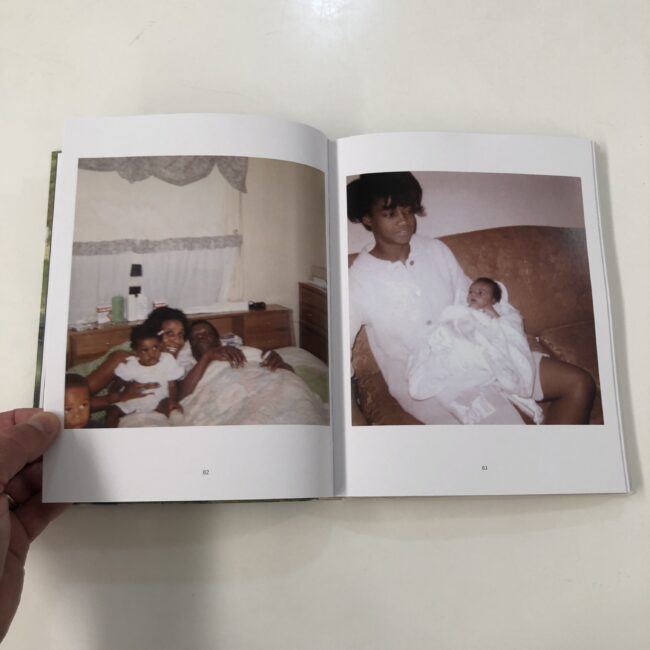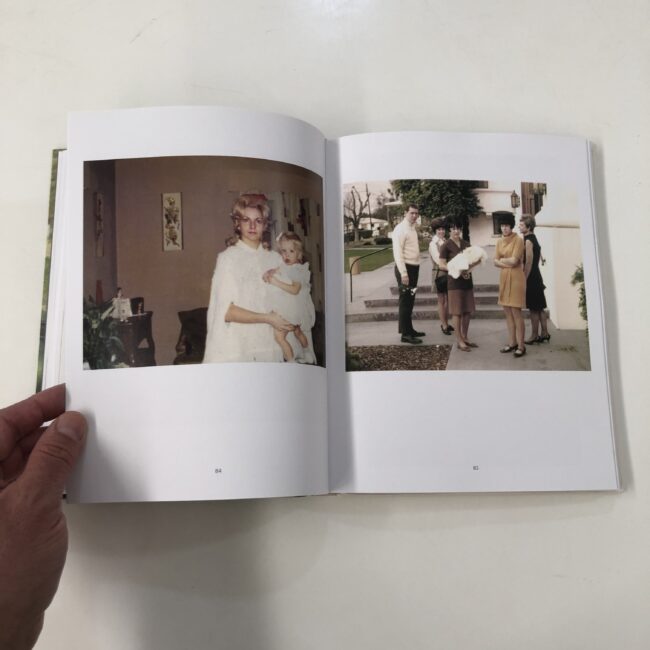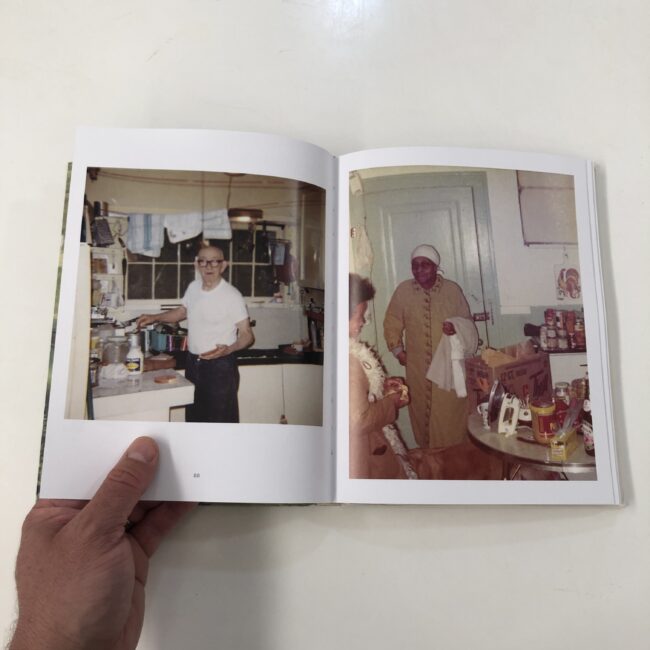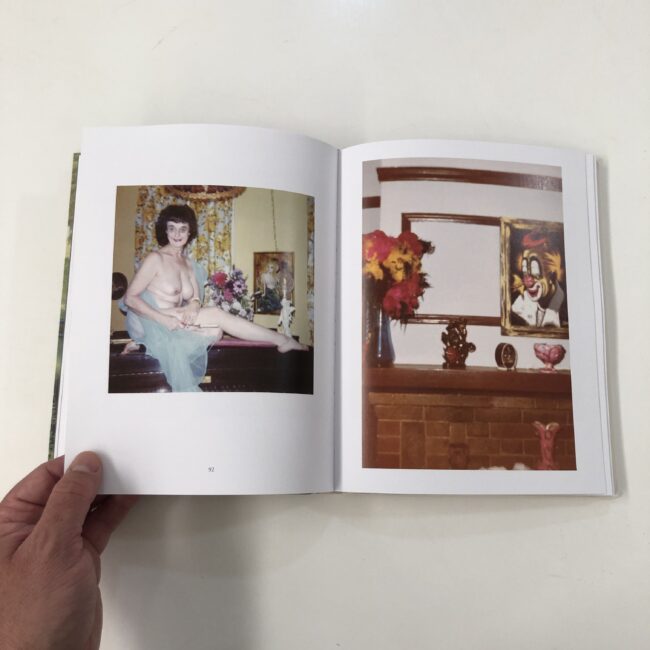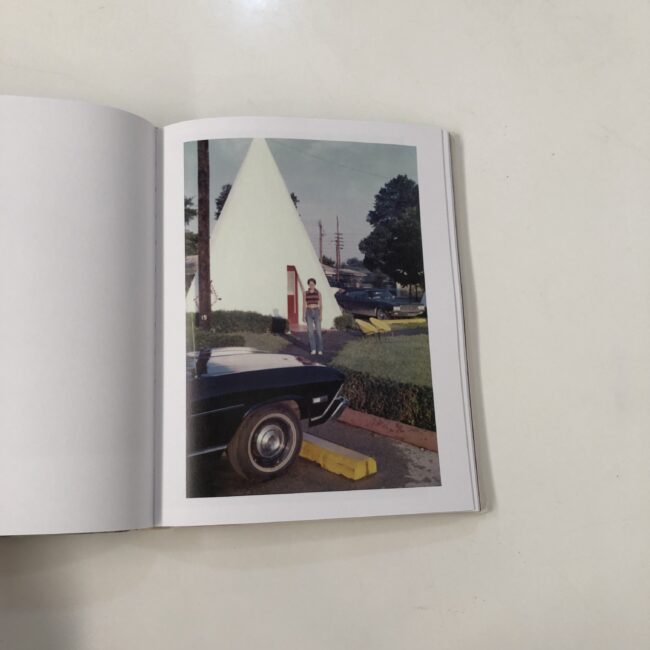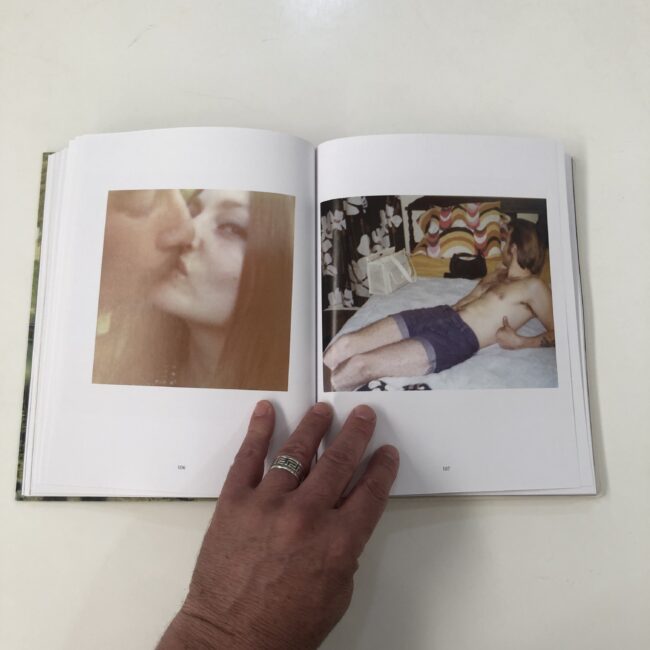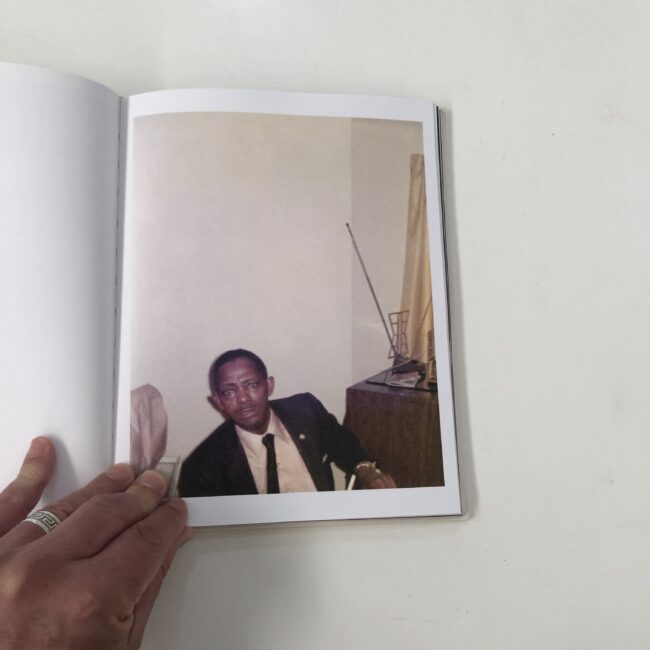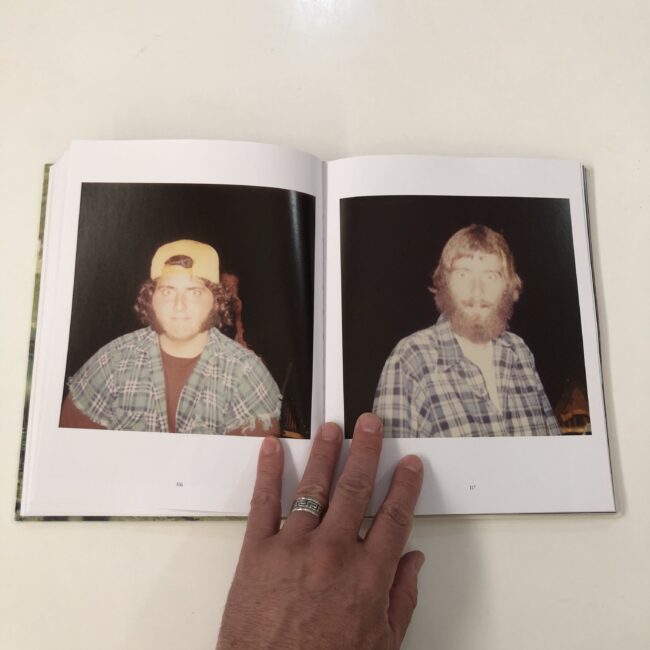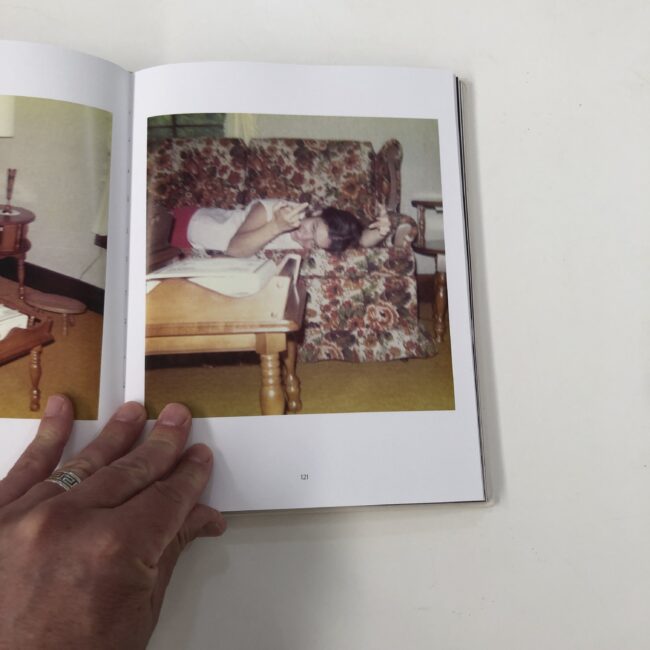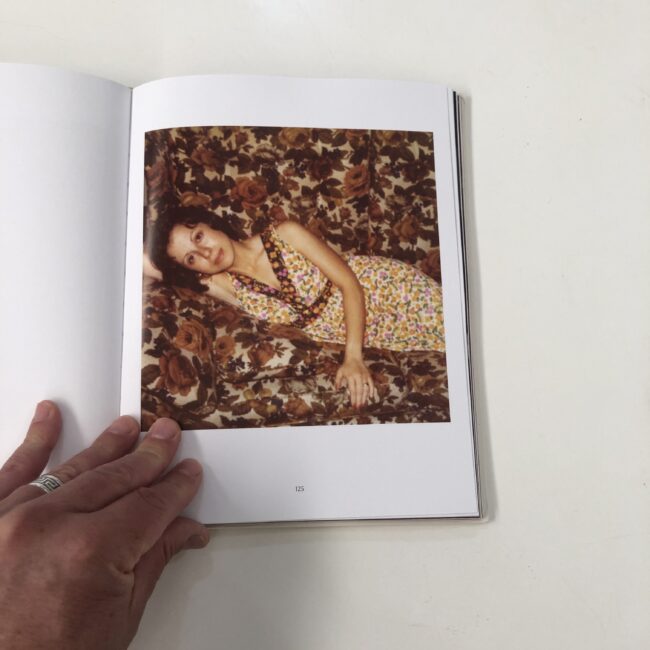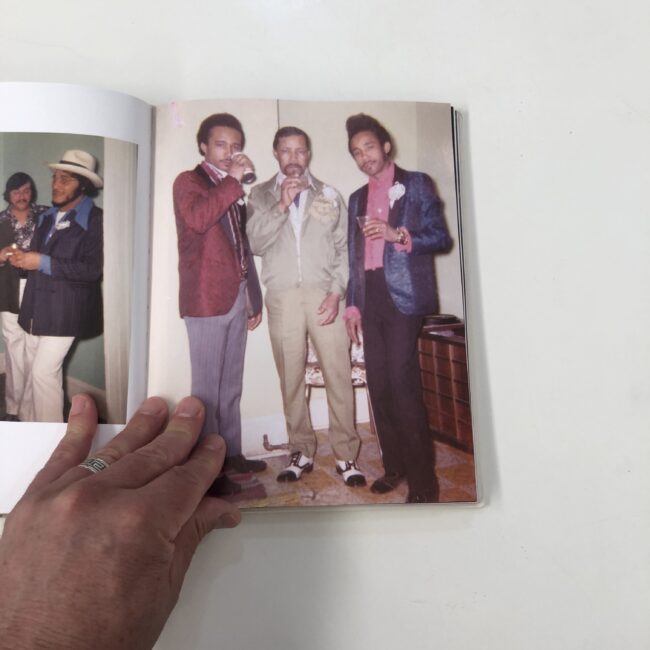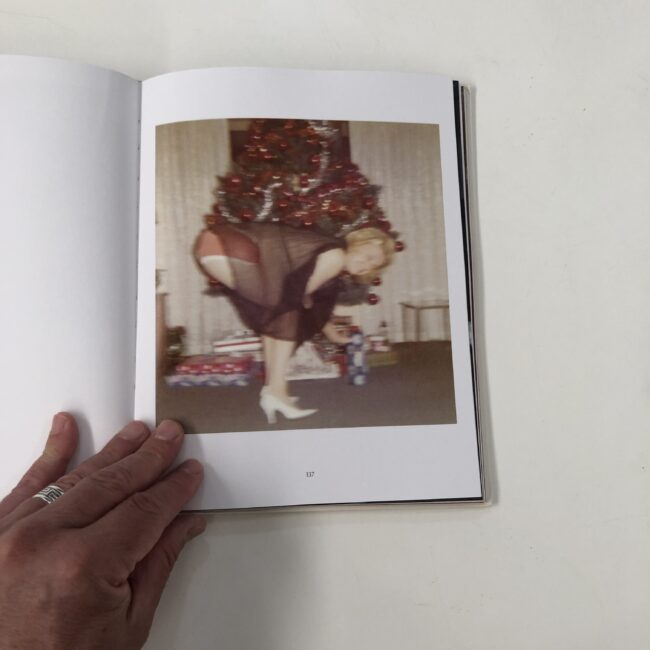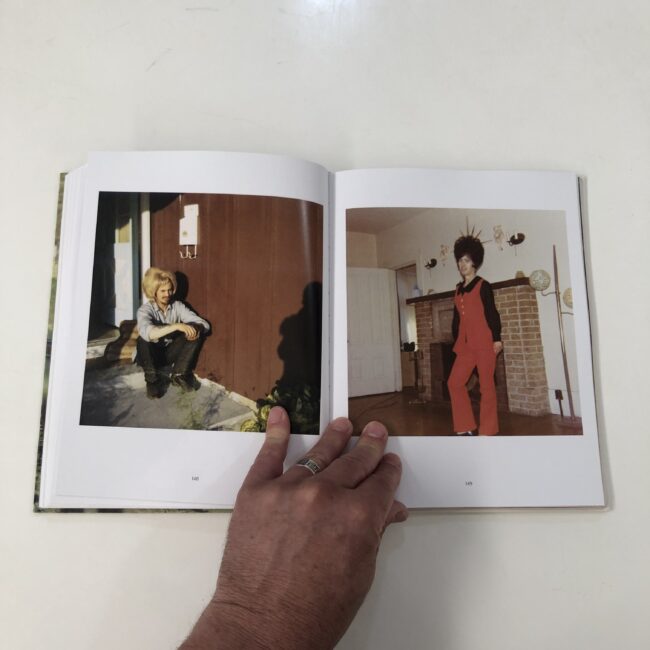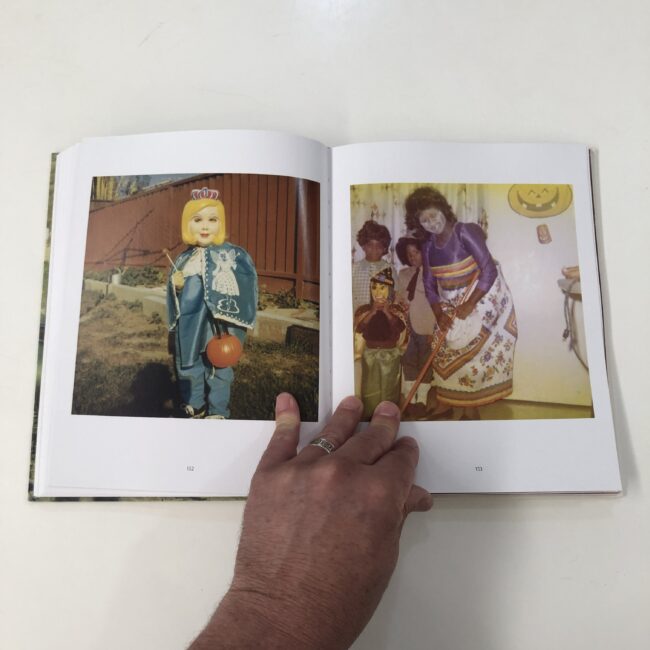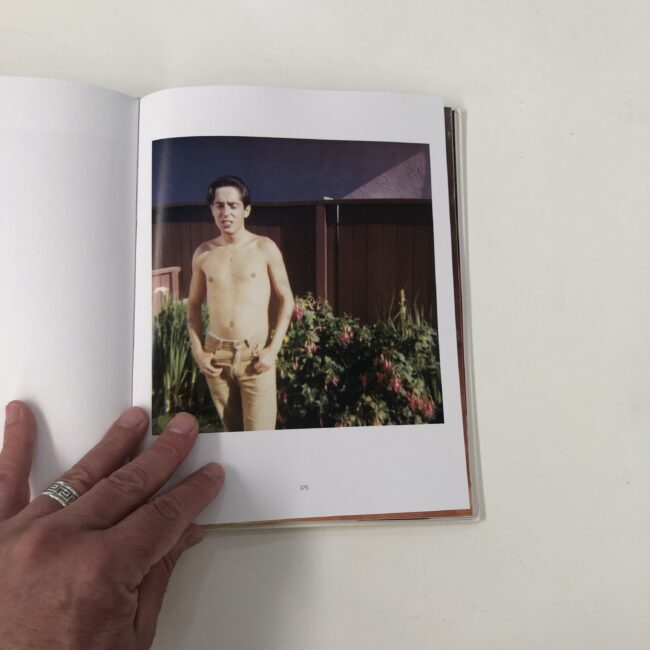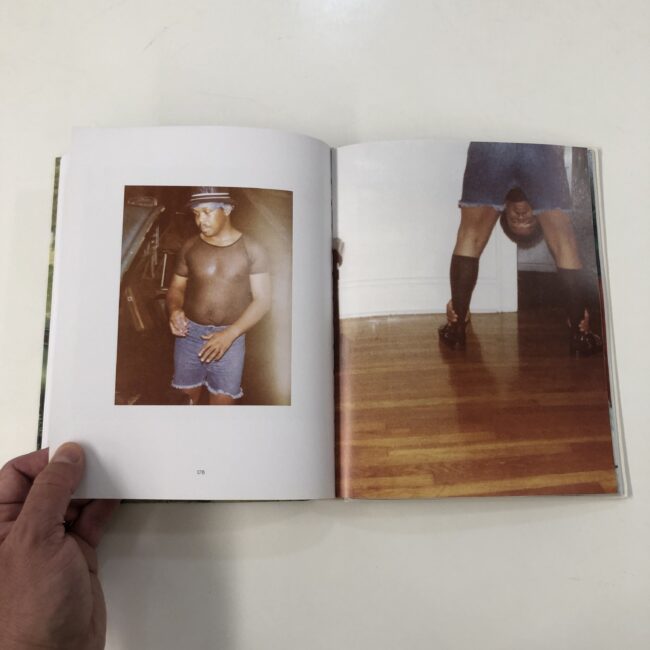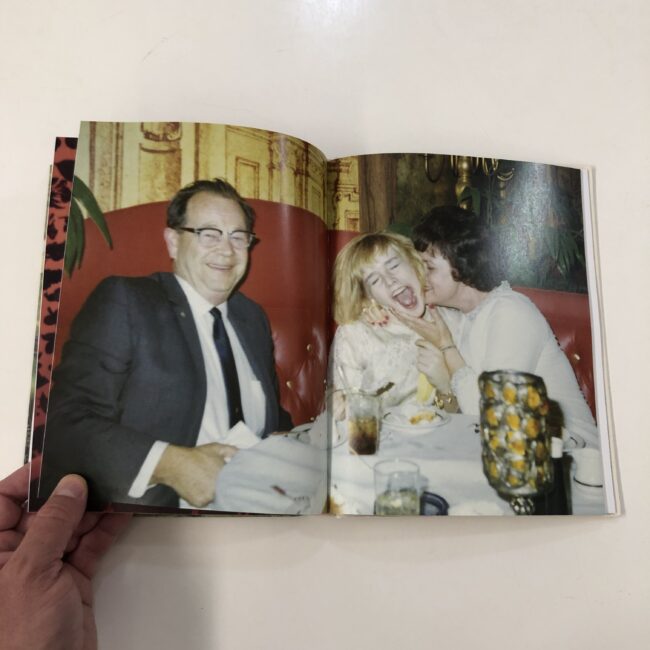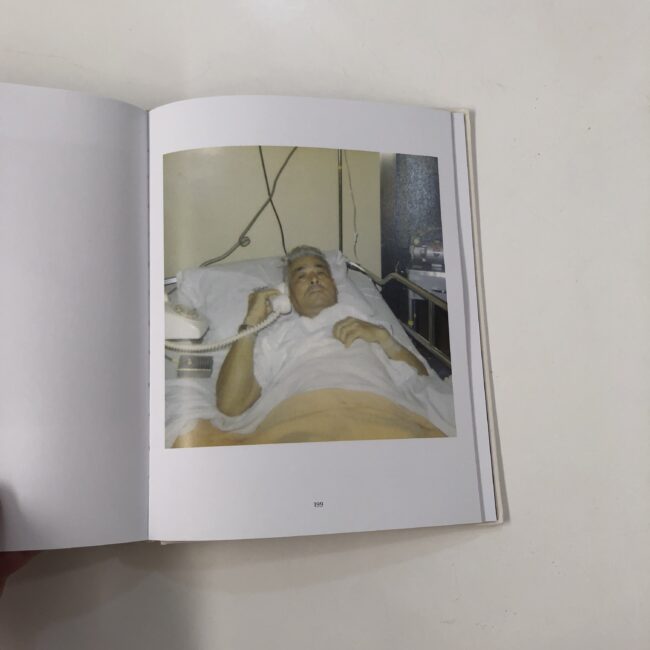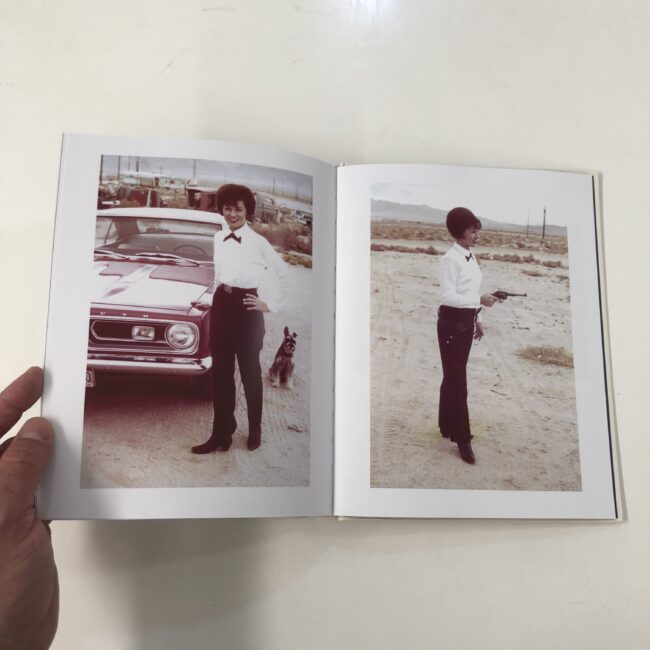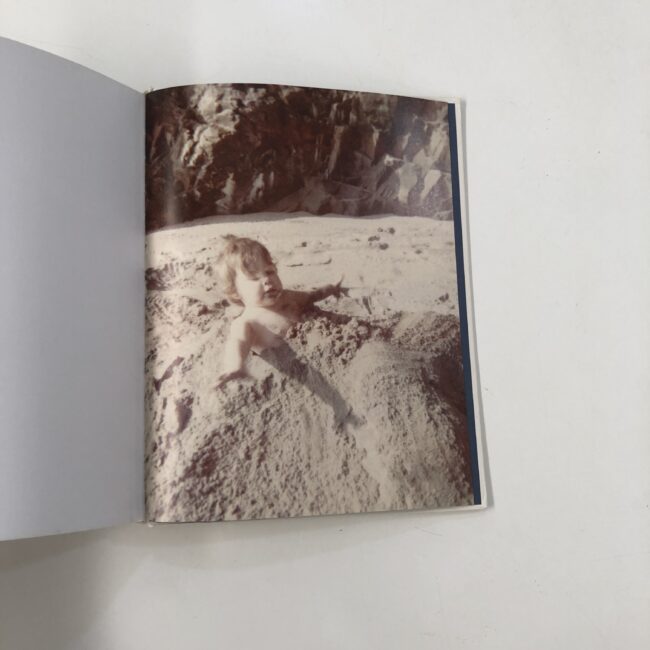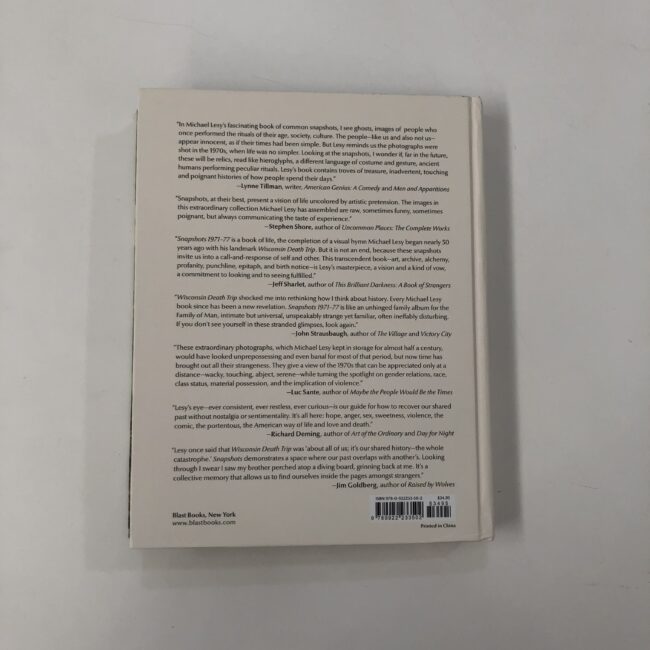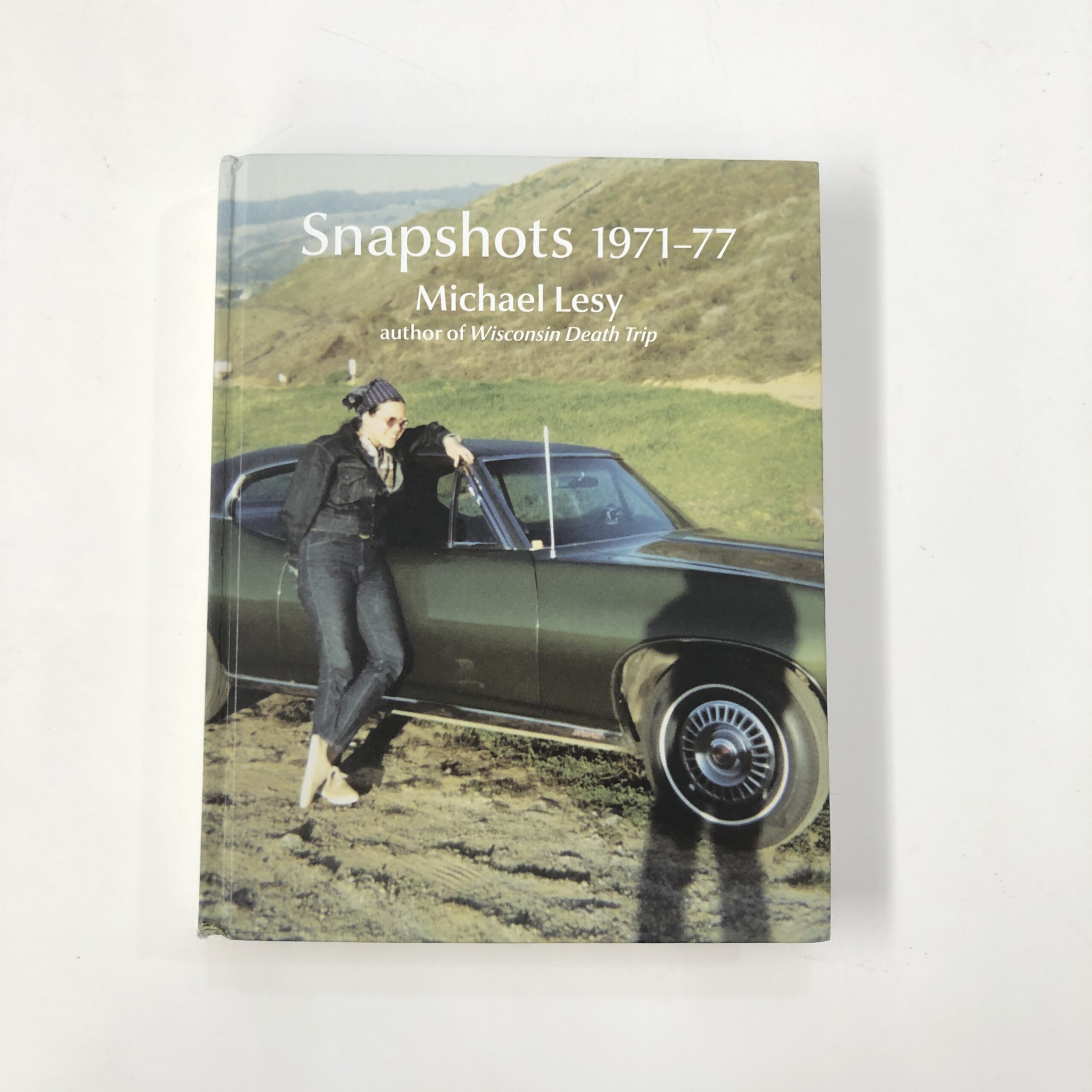
Have you ever heard of Jack Reacher?
I was (mostly) unaware he existed until this year, when Amazon Prime dropped an easily-bingeable series, called “Reacher.”
At some point, I’d heard Tom Cruise starred in a movie or two called Reacher, and that a global fan base was pissed off about it, given how little he resembled the character.

I’m mentioning it today, because a few weeks ago, I noticed a stack of soft-cover Reacher books on a new friend’s shelf.
He lent me one, and after I devoured it, he passed along 5 more.
I’m about to start the final book, so I have a better understanding of how this character, (and the extensive #1 best-selling book series Lee Child wrote based upon him,) could occupy such a powerful spot in the collective imagination of millions of people.
It’s easy to see why people rejected Tom Cruise.
(Despite the fact he’s since become an actual super-hero, jumping out of planes and climbing the Burj Khalifa w/o a net.)
Jack Reacher is 6’5″, 250 lbs, and that fact is repeated again and again.
(In one book, they even call him Bigfoot and The Incredible Hulk.)
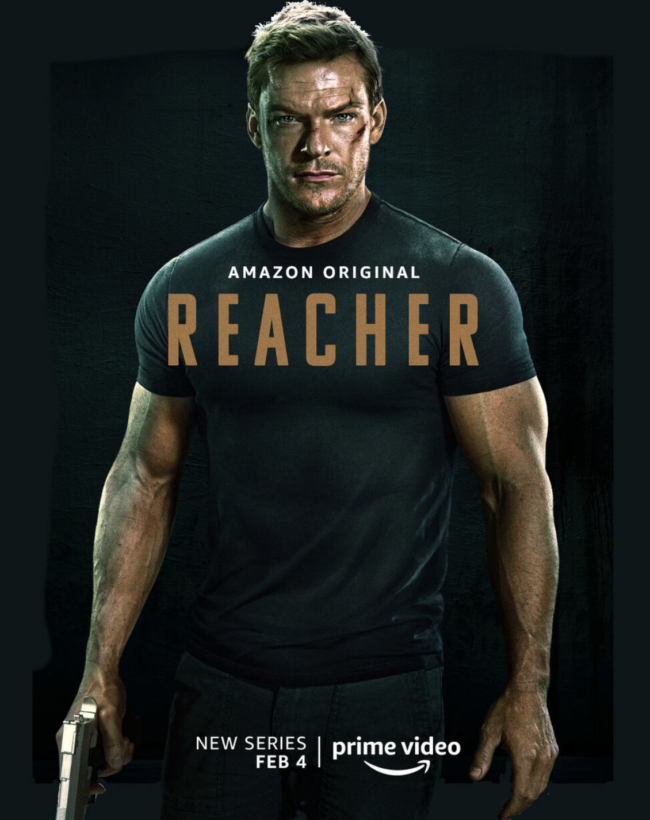
His sheer size makes him attractive, as he’s a true badass, in all the important ways.
(Great at hand-to-hand combat, weapons trained, you name it.)
Beyond that, Reacher is always the smartest guy in the room, and the wisest.
It’s part Sherlock Holmes, (with all the great deductive reasoning,) part Mr. Wolf from “Pulp Fiction,” (able to fix any jam, and dispose of any body,) and part Batman, minus the cape and extreme wealth. (Reacher is basically a vagrant.)
The character just roams the world, (like David Carradine in “Kung Fu,”) helping people, free of charge, based upon a moral code he learned in the US Army. (Where he was a Major as a top-level MP.)
Interestingly, Lee Child is an Englishman, (born in Coventry,) so near as I can tell, he came up with the archetype of a Wild West gunslinger meets UFC champion, and sends him into one, violent, dramatic, insane-but-slightly plausible situation after another.
And people just can’t get enough.
Because they want to be Jack Reacher.
The want to have it all.
Be the biggest, the strongest, the smartest, the wisest, the most honorable, and to always get the girl.
Reacher owns nothing but a tooth-brush, and goes when and where he pleases.
He can take out seven bikers all by himself, and is therefore the embodiment of the type of American power most people see as slipping into the dustbin of history.
So there’s also a wistful nostalgia about the whole thing.
If Dirty Harry captured the American id of the crazy 70’s, Reacher is just right for the 2020’s, as he kicks ass, but also treats people with respect.
(Were you to meet Reacher in real life, you would feel seen, and understood.)
I mention all this today, having just put down a photo book.
The submission came in a year ago, so I had no idea what was inside the box, and was therefore surprised to see “Snapshots 1971-77” by Michael Lesy, published by Blast Books in New York.
(I reviewed another of his books a few years ago, which also featured images from a historical archive.)
That appears to be his thing, sifting through archives, (as we learn in the opening essay,) so this fits neatly into Michael Lesy’s life obsession.
He confirms this in the essay, but also drops an interesting theory on us:
“Looked at individually, as visual documents, they reveal- or allude to- the hopes, fears, and desires of the people who made them. Sometimes snapshots tell the truth, sometimes they lie, and sometimes they do both.
Looked at in large numbers- in batches of a dozen or a hundred or a thousand- they line up lie bits of colored glass in a kaleidoscope and form patterns… patterns of shared belief, patterns of shared meaning.”
I took that to mean if you glance at archives out of the corner of your eye, and digest image after image, you get a sense of a culture.
A place in time.
(And we’ve all heard the clichés about how to make a photograph meaningful: put it in a box for 40 or 50 years.)
The book features a host of snapshots scrounged from garbage dumpster; the outtakes of a San Francisco photo lab in the early-mid 70’s, but there are also some images from a photo lab in Cleveland.
(Not the tidiest premise, mixing them both up, but hey, you get what you get.)
I came away with a few impressions.
First off, Damn!, have Instagram filters, and the ease of cell-phone-camera operation, made regular people better at photography.
We’ve got a lot of bad crops, blurry images, and downright strange compositions overall.
The fashion is great, (as it is in all old pictures,) but mostly we see celebrations, or human gatherings.
Birthdays, weddings, confirmations, funerals, and drinking with one’s buddies.
There are a few images that would have been described as “racy” at the time, and one in which a topless, awkward woman is juxtaposed against a photo of a painting of a clown, which I thought was unnecessarily mean.
Overall, though, the book is fun.
It was a funky, crazy, powerful, illogical time, the 70’s, and I was reminded of “Airplane,” which mocked the whole era.
Just the other day, I encouraged my daughter to read a book alongside me, and we found “Deenie,” by Judy Blume, on a shelf in a closet.
It was written in 1973, and I was aghast at how much culture has changed.
Everyone was named Midge.
It was acceptable to insult people based upon appearances.
And there were words used that aren’t even in the dictionary anymore. (Have you ever heard of Klunk?)
I’m not sure I learned too much more about 1970’s America, looking at today’s photo book, but then again, I lived through it.
So maybe it’s important, that books like this explain the past to the future.
All those Gen Z kids need to know what it looked like back then, to understand where the world was, and where it’s going.
See you next week!
To purchase “Snapshots 1971-77” click here
If you’d like to submit a book for potential review, please email me at jonathanblaustein@gmail.com. We are particularly interested in books by artists of color, and female photographers, so we may maintain a balanced program. And please be advised, we currently have a significant backlog of books for review.
